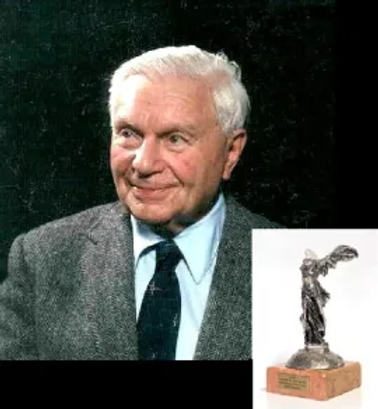Jerome Lederer
he Jerome Lederer Space Safety Pioneer Award is assigned bi-annually to an individual who has made outstanding contributions in the field of space safety. The award consists of a solid silver handmade statuette reproducing an ancient master piece the “Winged Victory”, or Nike (Greek for “victory”) of Samothrace, standing on an hemisphere representing the surface of Mars. The winner is presented the award at the IAASS Conference Gala Dinner, which is the culmination of the IAASS conference. The nominee is an individual who is or has been working, for a large part of his career, full time in space safety or in a closely related engineering and/or operational field. He has shown outstanding support and dedication to space safety, and achieved national and/or international recognition. The award may be assigned to an individual or to a group of individuals who have been closely co-operating. Named in honour of Jerome Lederer (September 26, 1902 – February 6, 2004) who was an American aviation-safety pioneer, known as “Mr. Aviation Safety. Born in New York City. He received a BSC in mechanical engineering with aeronautical options in 1924 and an M.E. in 1925 from New York University. In 1926, he was hired by the United States Postal Service to oversee its plane maintenance. Lederer helped reduce pilot fatality by devising film crash tests and redesigning the exhaust stacks and other systems. From 1929-1940 he served as chief engineer for aviation insurance underwriters. In 1940, he accepted an appointment as director of the Civil Aeronautics Board’s Safety Bureau. He resigned in 1942 to become director of the Airlines War Training Institute. He trained 10,000 airmen and 35,000 mechanics for the Air Transport Command, and was a safety consultant to the 2nd Air Force.
In 1947, he organized the Flight Safety Foundation and was its director until 1967. The Foundation provides global exchange of information on aircraft accident prevention. In 1967, following the deaths of three astronauts at the Kennedy Space Center, NASA appointed him director of the Office of Manned Space Flight Safety for the Apollo Program. In 1970, he became director of safety for all of NASA.

